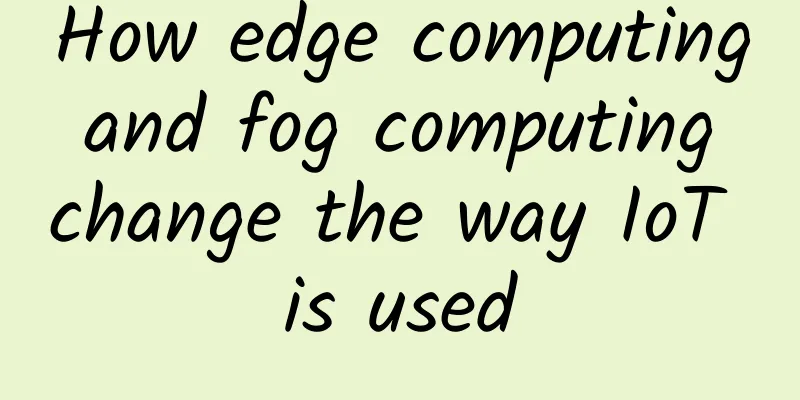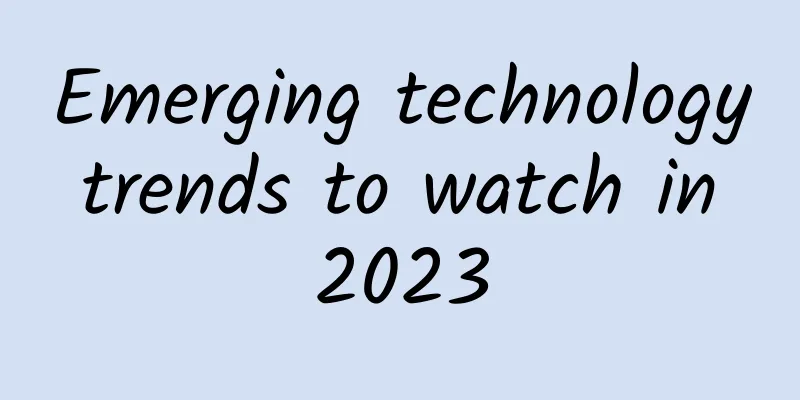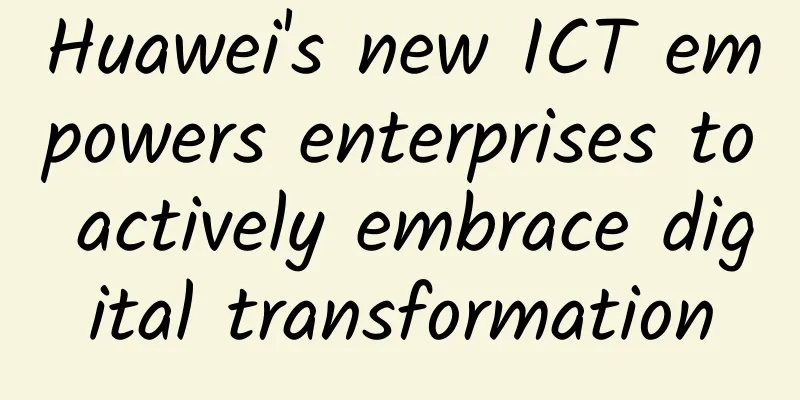How edge computing and fog computing change the way IoT is used

|
It’s hard to keep up with the latest trends and emerging areas of the industry when it comes to tech. Just take computing types as an example. As how and where we process data continues to change, we are limited by the limitations of hardware and connectivity. The term cloud computing has already occupied a place in the consumption concepts of most consumers. Edge computing can be seen as an extension of ubiquitous cloud computing and the Internet of Things (IoT). Although the concept of fog computing is slightly vague compared to edge computing, it and edge computing are two technical concepts that are between cloud computing and edge computing.
This article will explain what edge computing is, how it is growing in 2018, and how the industry should pay attention to it. Edge computing: mobile computing away from the core Fundamentally, edge computing is the movement of intelligence and computing from centralized data servers in cloud networks to hardware at the edge of the network. Instead of collecting data at a certain location and then sending it back to a central server for processing, sensors process the data on locally available hardware and only send the results to the cloud to ensure the immediate availability of information and to act on it without further processing. Moving computing to the edge has several advantages that can promote more ideal computing:
The advent of edge computing is definitely due to the availability and widespread use of cloud computing, as well as the increasing accessibility and affordability of IoT solutions. There are a lot of easily customizable and accessible SoCs, such as the Raspberry Pi, making edge computing even more feasible. Some analysts predict that edge computing will become an industry worth US$6.72 billion by 2022, with an annual growth rate of 35.4%. Fog computing: Changing the definition of edge The definitions of fog computing and edge computing are vague, and the industry has been trying to distinguish the two as separate concepts. In this regard, the most widely accepted concept in the industry is that in edge computing, data processing is done on the hardware that collects the data. Fog computing is when a subset of nodes sends their data to a larger central connection point, processing the data in the process of connecting to the larger overall central network. Whether it is edge computing or fog computing, the advantages are obvious. Fog computing eliminates some of the latency and bandwidth issues of sending large amounts of raw data streams to a central network, but it does not require each set of sensors to process the collected data. Practical applications of edge computing and fog computing 1. Self-driving cars The development of self-driving cars relies on the calculation of real-time traffic, obstacle and hazard data in order to make decisions quickly. In the event of a collision, the slightest delay can change the outcome. Although driverless cars may still need to connect to cloud networks to send, share and receive information, processing information locally is essential for real-time decision making. According to statistics, driverless cars collect and generate more than 3 TB of data per hour. If we want driverless cars to be truly realized, it will bring huge pressure and risks to cloud computing networks. Fog computing can also be used to analyze and calculate data about local traffic by collecting vehicle information, processing it, and then sending it to the entire cloud for sharing to achieve real-time analysis and decision-making. 2. Smart City Bill Gates recently invested $80 million to develop a smart city from scratch in Arizona. In cities that collect real-time data on traffic, pedestrians, lighting, building health, edge and fog computing will be essential services. Edge computing nodes can simultaneously calculate weather, visibility, traffic congestion, and infrastructure health information at high resolution, and still share the information efficiently and quickly through the cloud for residents or visitors. In many applications, some form of edge computing already exists. However, new technology use cases will help refine the technology, allowing us to develop more complex solutions that are easier to integrate. At the same time, 2018 will see edge computing and fog computing emerge as emerging areas of the mainstream tech industry. |
>>: Mobile layout: Do you enter from a single point or start with the platform?
Recommend
“Number Portability” is officially launched nationwide today! Who will be the next “pain point” to be solved?
Yesterday, the national "number portability&...
Check out the five important characteristics of SD-WAN in 2019
SD-WAN has reached a new inflection point in 2019...
Let's talk about TPC
[[403151]] In recent days, the PR publicity of Oc...
Challenges remain in the large-scale development stage of 5G applications
A recent investigation by reporters found that in...
The battle for power saving in 5G mobile phones
As of the end of 2020, 718,000 5G base stations h...
A brief history of computer networks
The development of computer networks has come a l...
5G is more complex than you think
In the future, 5G networks are developing in the ...
How to eliminate 5G network blind spots in rural areas?
The vast rural areas are also a key link in the c...
Still using OpenFeign? Try this new thing in SpringBoot3!
The New Year is over, and Brother Song has been m...
World Cup employees are distracted and use enterprise-level routing to control
The World Cup has entered the semi-finals, with F...
Stay true to our original aspiration and keep moving forward | What did they gain from their journey to Huawei's ICT ecosystem?
[51CTO.com original article] Summer is coming to ...
Juniper Networks wins two awards at the 14th China Enterprise Annual Selection
[51CTO.com original article] At the end of 2019, ...
DesiVPS: Los Angeles 1Gbps unlimited traffic VPS from $18.99 per year, India/Netherlands VPS from $20 per year
DesiVPS has released the latest promotional packa...
iWebFusion clearance special offer for dedicated servers starting from $45/month, multiple data centers in Los Angeles and other places
iWebFusion recently launched an Inventory Closeou...
How 5G Promotes Smart City Development
Global examples of how smart cities are leveragin...









